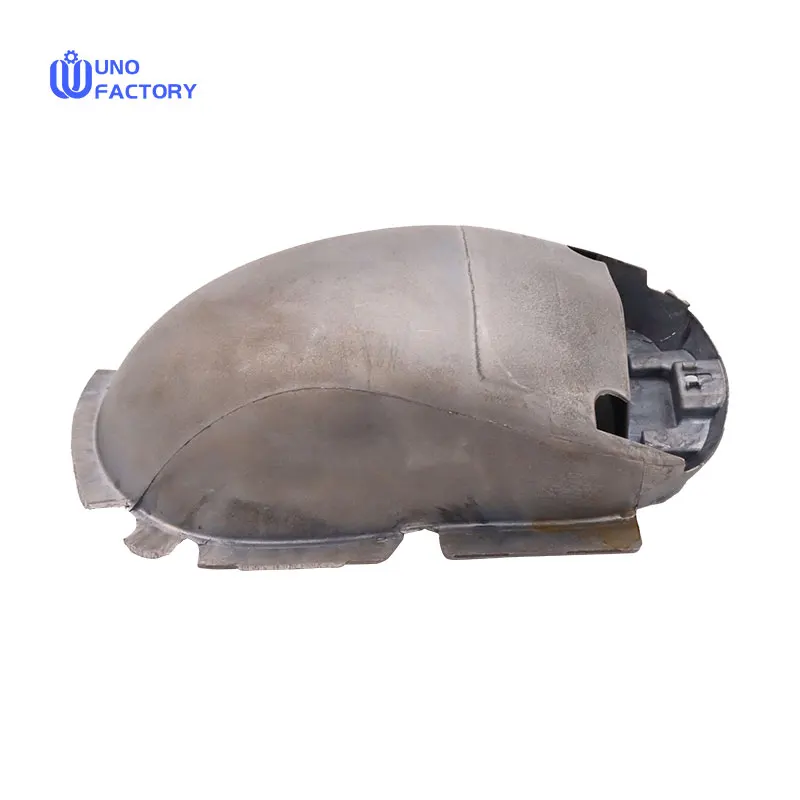Time to read: 6 min

Aluminum die casting is a manufacturing method renowned for producing complex aluminum parts with high dimensional accuracy and surface finish. This comprehensive guide delves into the aluminum die casting process, its advantages, alloy options, and the applications that make it a preferred choice in industries ranging from automotive to electronics.
Understanding Aluminum Die Casting
Aluminum die casting is a precision casting technique that involves forcing molten aluminum alloy into pre-shaped mold cavities under high pressure. This method is favored for its ability to create parts with intricate designs and thin wall sections.
The Process of Aluminum Die Casting
The die casting process utilizes a cold chamber machine where molten aluminum is ladled into a die under pressure. Once solidified, the mold is separated to reveal the cast part, which typically has a smooth surface requiring minimal post-machining.
Advantages of Aluminum Die Casting
The die casting process offers several benefits, including excellent surface finish, good tensile strength, dimensional stability, and the ability to produce parts with complex geometries. It is also cost-effective for large-scale production due to the recyclability of molds.
Common Die Cast Aluminum Alloys
Aluminum die casting utilizes specific alloys known for their properties, such as A380, A390, A360, A413, ADC-12, and ADC-1. Each alloy has unique characteristics, making them suitable for different applications, from automotive engine blocks to electronic housings.
Characteristics of Aluminum Die Casting Alloys
Aluminum alloys used in die casting are lightweight, corrosion-resistant, and have a high strength-to-weight ratio. They also offer excellent thermal and electrical conductivity, making them versatile for a range of applications.
Surface Finishing Options for Die-Cast Aluminum
Die-cast aluminum parts can be finished with various techniques to enhance aesthetics and functionality. Popular methods include anodizing, powder coating, and chemfilm, each offering distinct benefits and appearances.
Applications of Aluminum Die Casting Parts
The versatility of aluminum die casting makes it suitable for a wide array of applications across industries such as construction, automotive, electronics, furniture, and aerospace.
Design Considerations for Aluminum Die Casting
When designing parts for die casting, factors such as mold design, injection point location, and wall thickness must be carefully considered to ensure efficient production and part quality.
Cost Factors in Aluminum Die Casting
The cost of aluminum die casting is influenced by initial tooling expenses, product specifications, and production volume. While the process may incur higher upfront costs for mold creation, it becomes more cost-effective with large production volumes.
Unofactory: Your Partner in Aluminum Die Casting
Unofactory offers custom aluminum die casting services with a focus on precision, speed, and affordability. With state-of-the-art facilities and experienced professionals, Unofactory ensures high-quality die casting that meets customer specifications and industry standards.
Conclusion:
Aluminum die casting is a highly efficient and cost-effective manufacturing process for producing complex aluminum parts. Its advantages make it suitable for a wide range of applications, and with the right partner like Unofactory, you can achieve high-quality results with competitive pricing.




